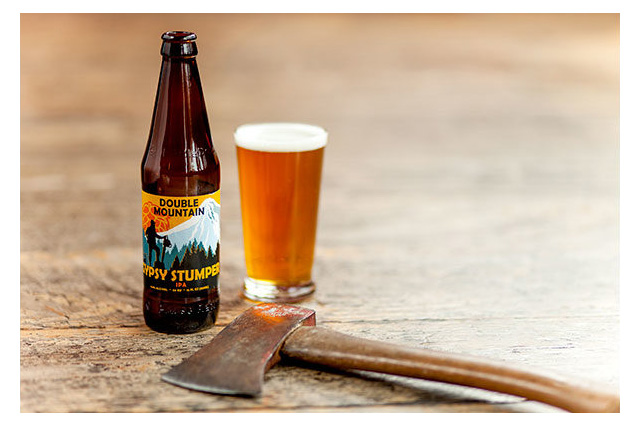
Growing up, Matt Swihart remembers his parents, and himself as a young beer drinker being able to buy cases of beer and taking the returnable and refillable glass containers back.
“Nostalgically I grew up with those kinds of beer bottles,” he said. “Taking them back to the store getting the return, buying more beer and repeating the process.
Swihart, the founder of Double Mountain Brewing in Hood River, Oregon relishes that return and has been a pioneer with his brewery, and other Oregon breweries to bring reusable and refillable glassware back to the forefront.
“Glass is best for beer,” he said. “I like that nostalgia. I like that draw in history. And every country in the Earth uses that process.
“The United States is the bastard stepchild, doing it their way. It’s the least environmentally sustainable for everybody to have their package and throw away glass or throw away cans. It’s absurd. So I love that package.”
After seeing only about 15 percent of its bottles being returned, the brewery was an early adopter to work with the Oregon Beverage Recycling Cooperative and in so Swihart has seen more than triple in the number of returns now.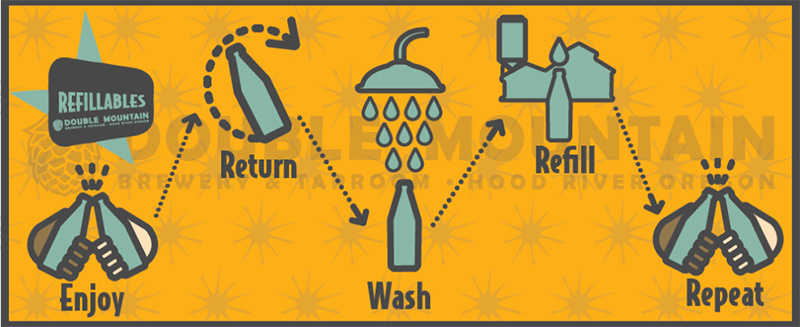
A like-minded brewery in Montana, Bayern Brewing is a partner in getting the co-op going and is helping in the start to wash bottles and send them back to Oregon. Eventually, Phase 2 will be having a cleaning facility outside of Portland, Oregon.
“Everything’s going to be super local, a tiny carbon footprint,” Swihart said. “It will be 70 times less carbon in the life cycle of a refillable bottle. So it’s just it’s kind of a no-brainer.”
Swihart noted that Double Mountain is still running through its original 500 mL bottle stock, but it has switched its six-packs to the ORBC’s bottles and is seeing a 46 percent return rate. He thinks that 70 or 80 percent is very achievable.
” It’s just it’s a long steady messaging to our customers to just tell them about it,” he explained. “When somebody learns about the refillable system and environmental impact, they’re on board and they love it. ”
Distributors and retailers have been the toughest sell, he added.
“We have to bridge that gap between the brewer that wants it, the cooperative that wants it and a customer that wants it,” Swihart said. “The distribution chain in the middle that fights us … it’s just an education piece. And we’ll get there. But, it’s a long steady war.”

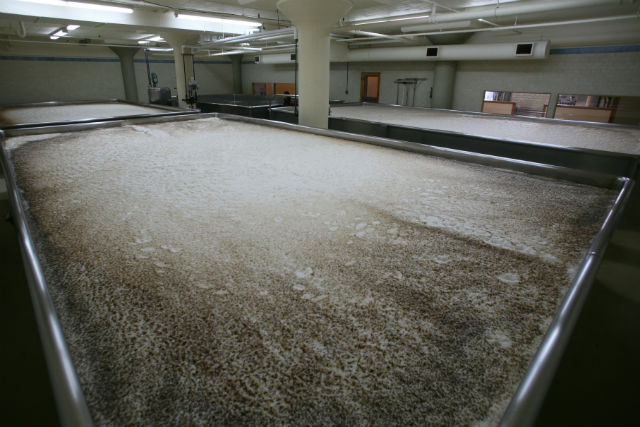
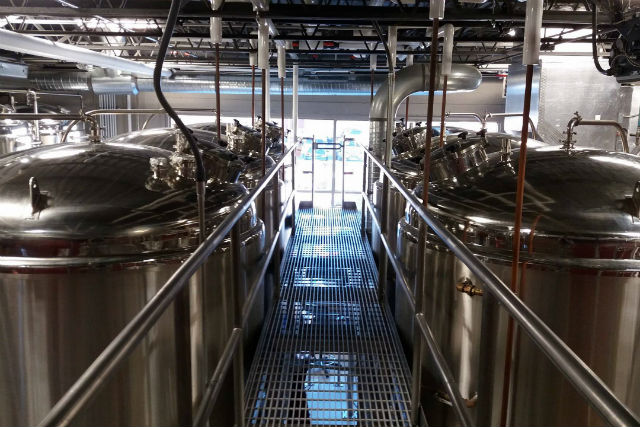
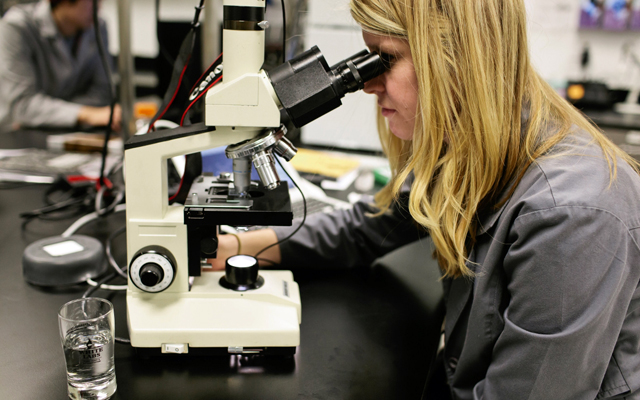
1 Trackback / Pingback